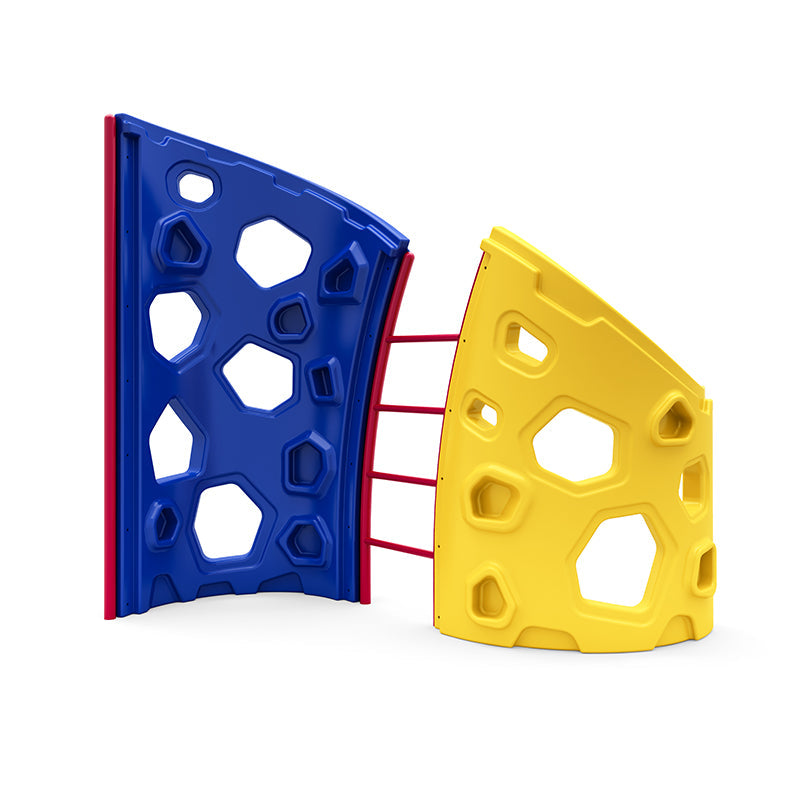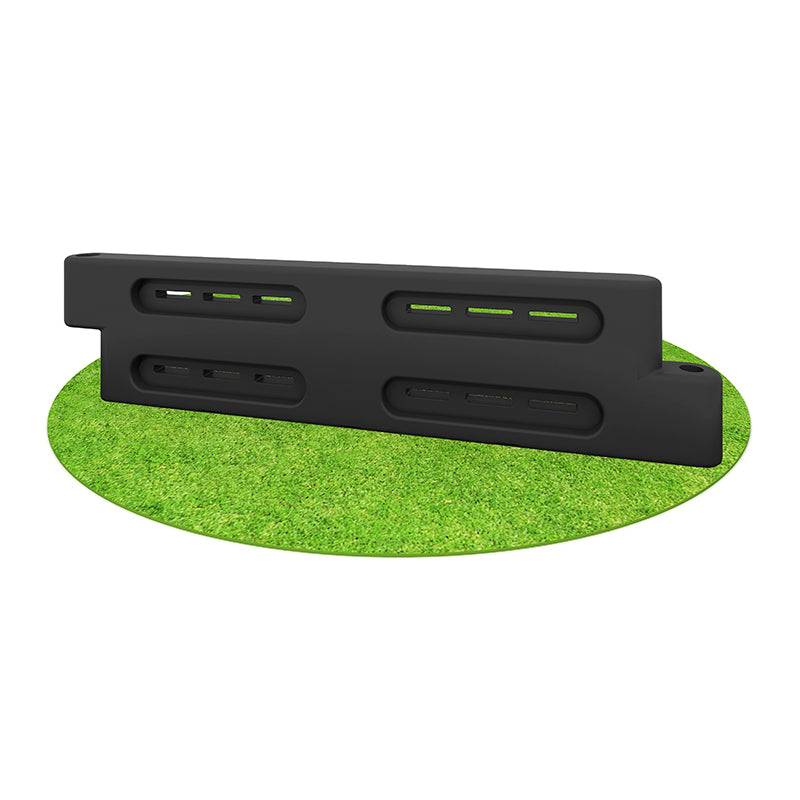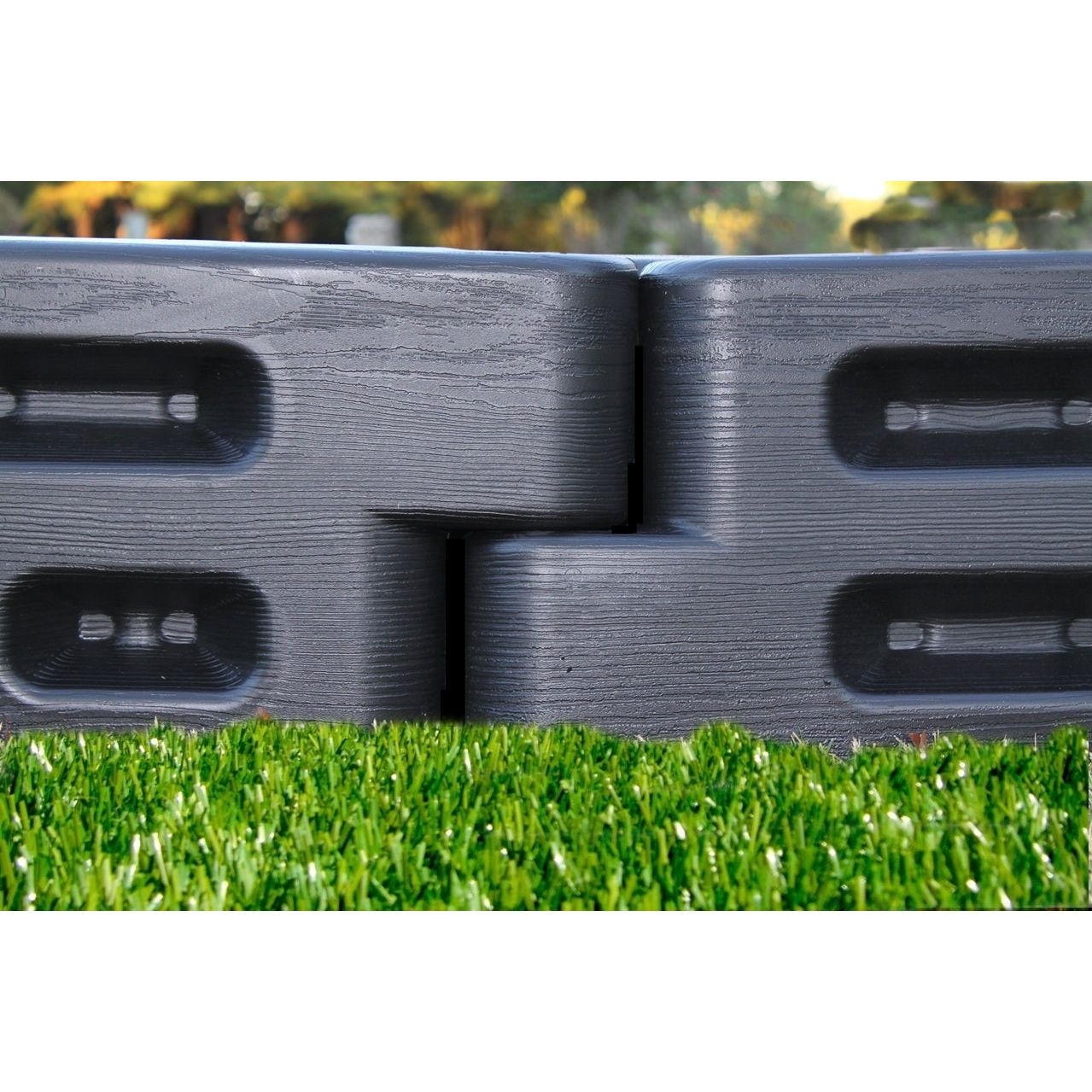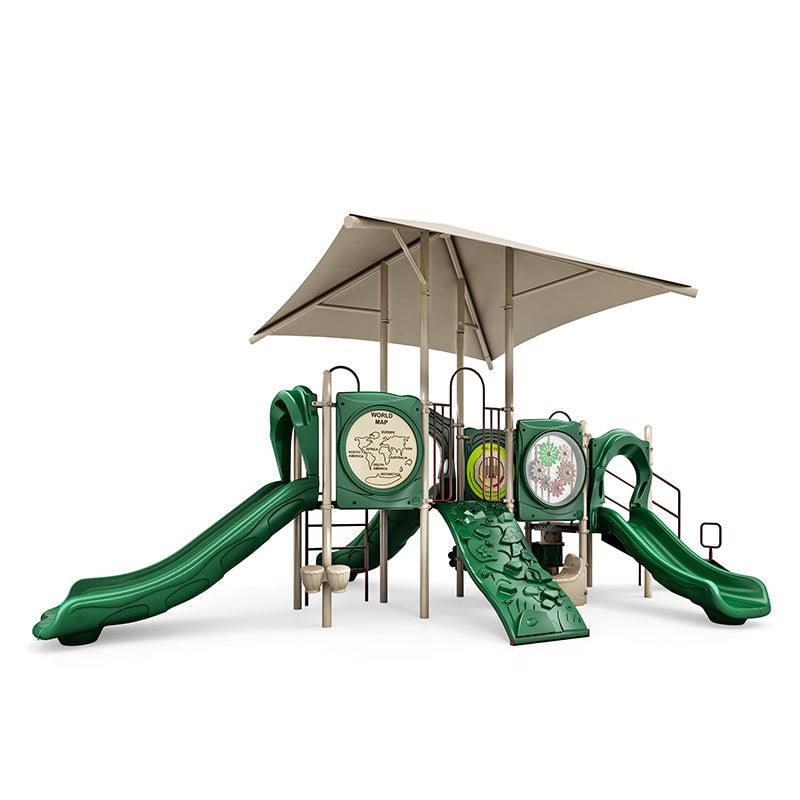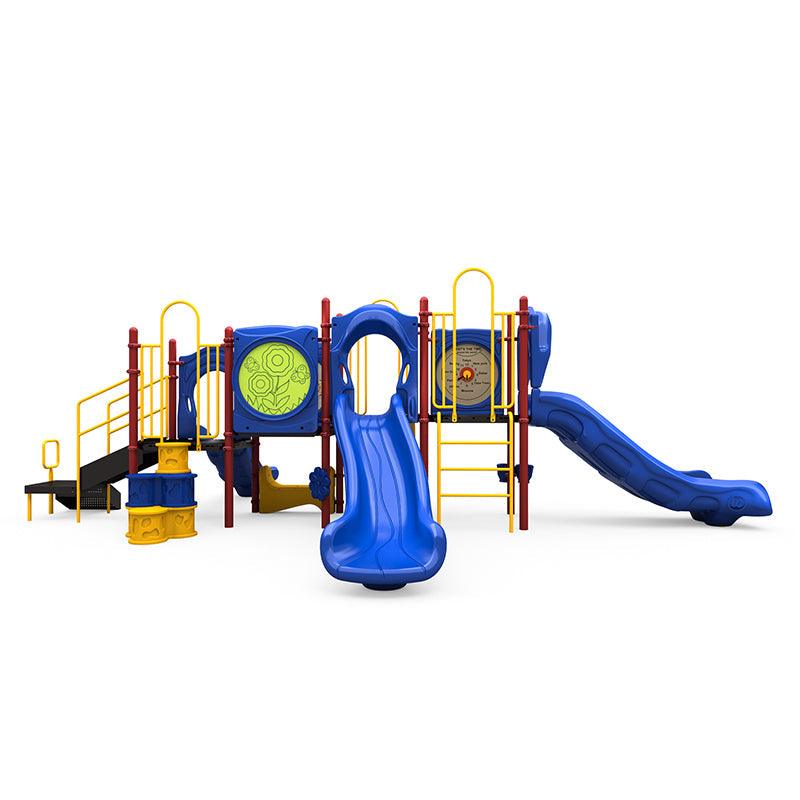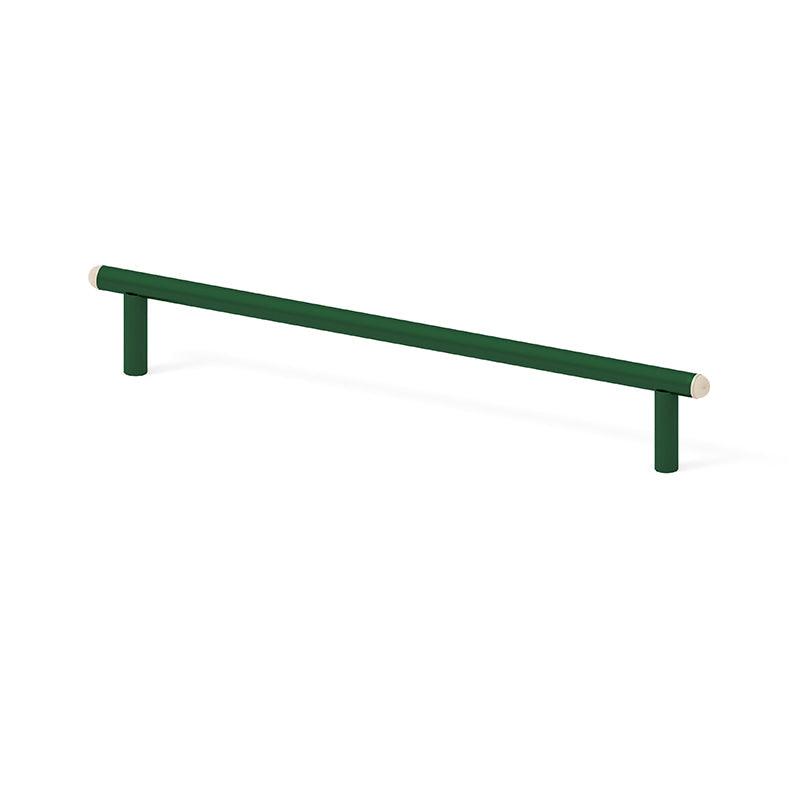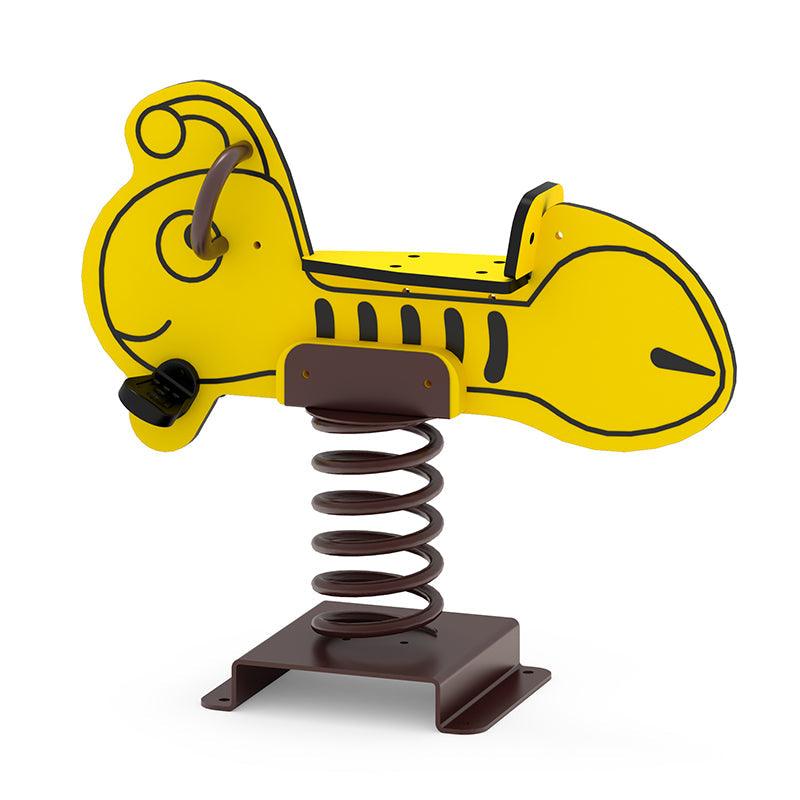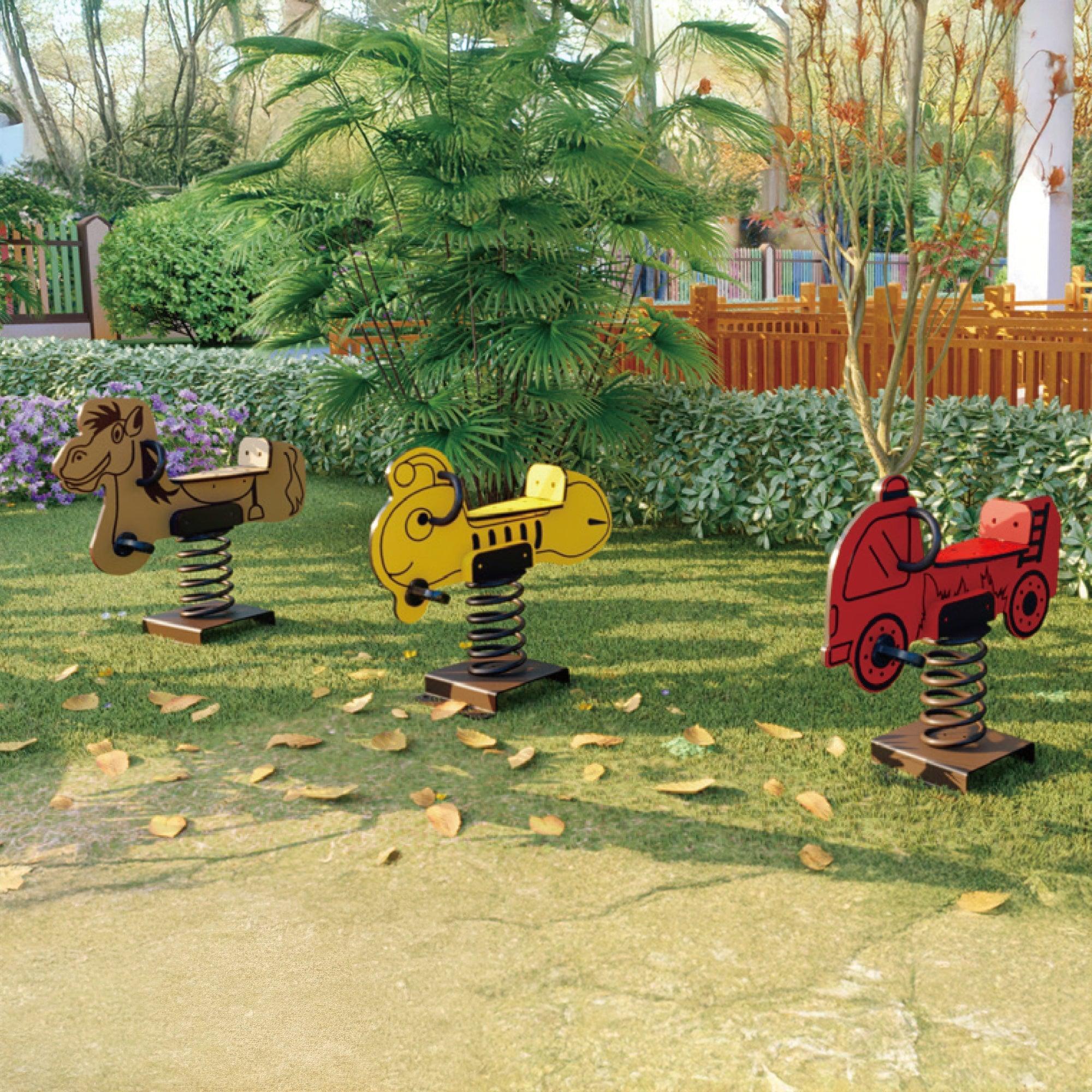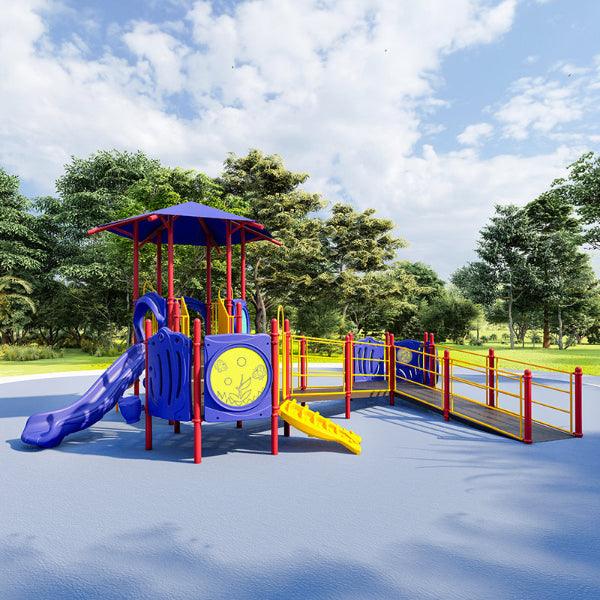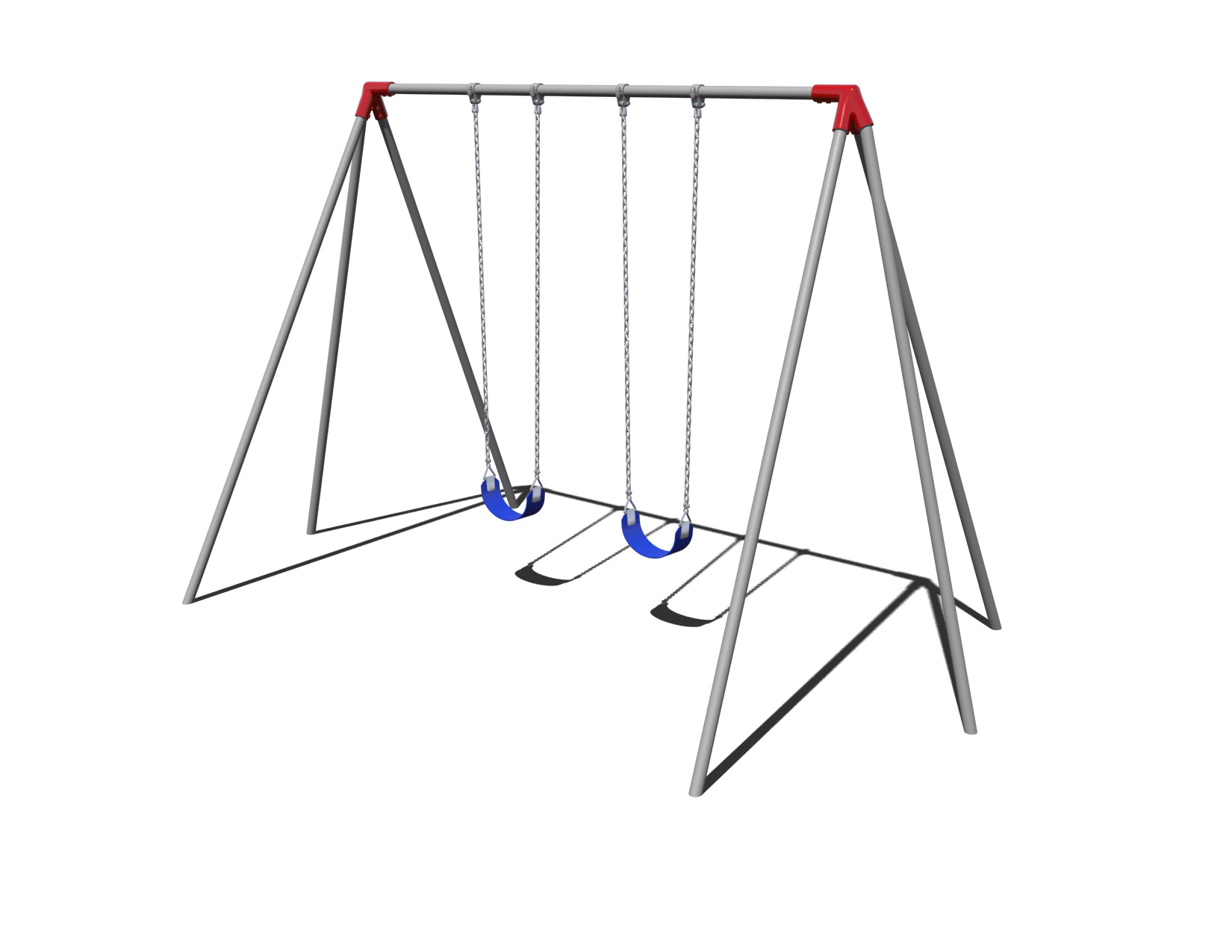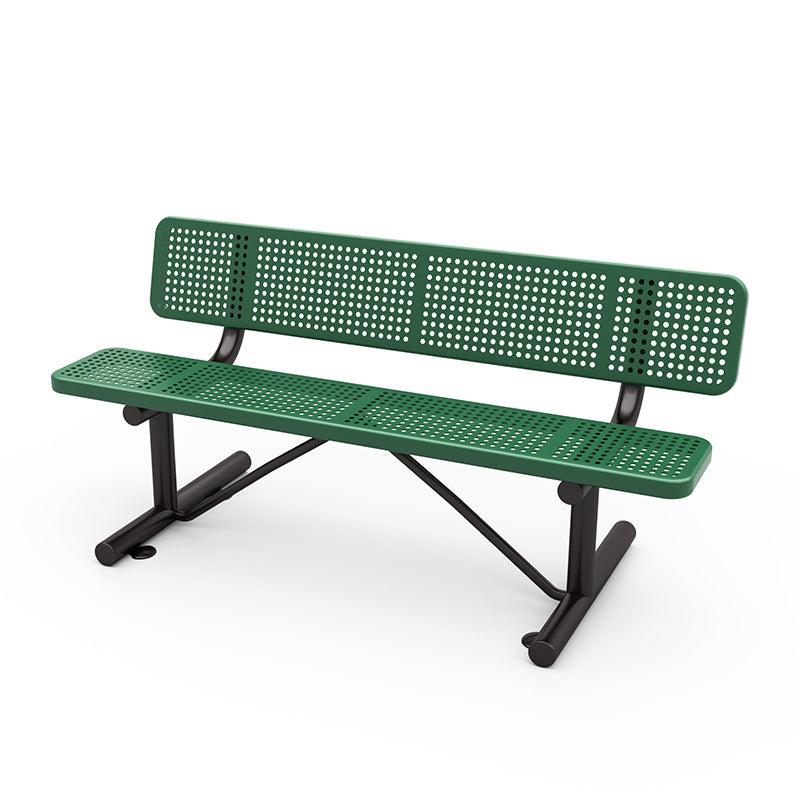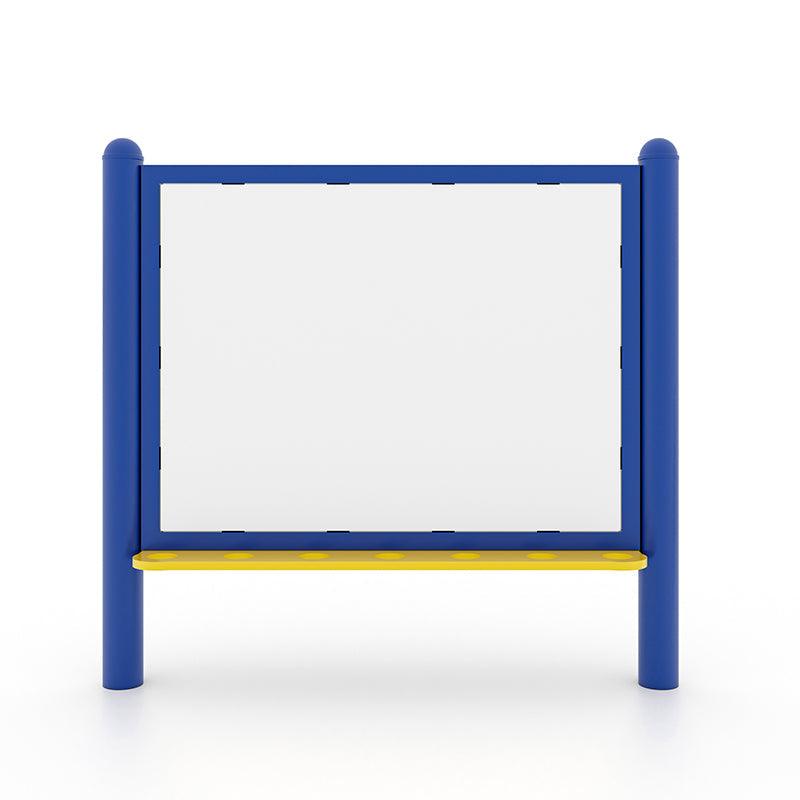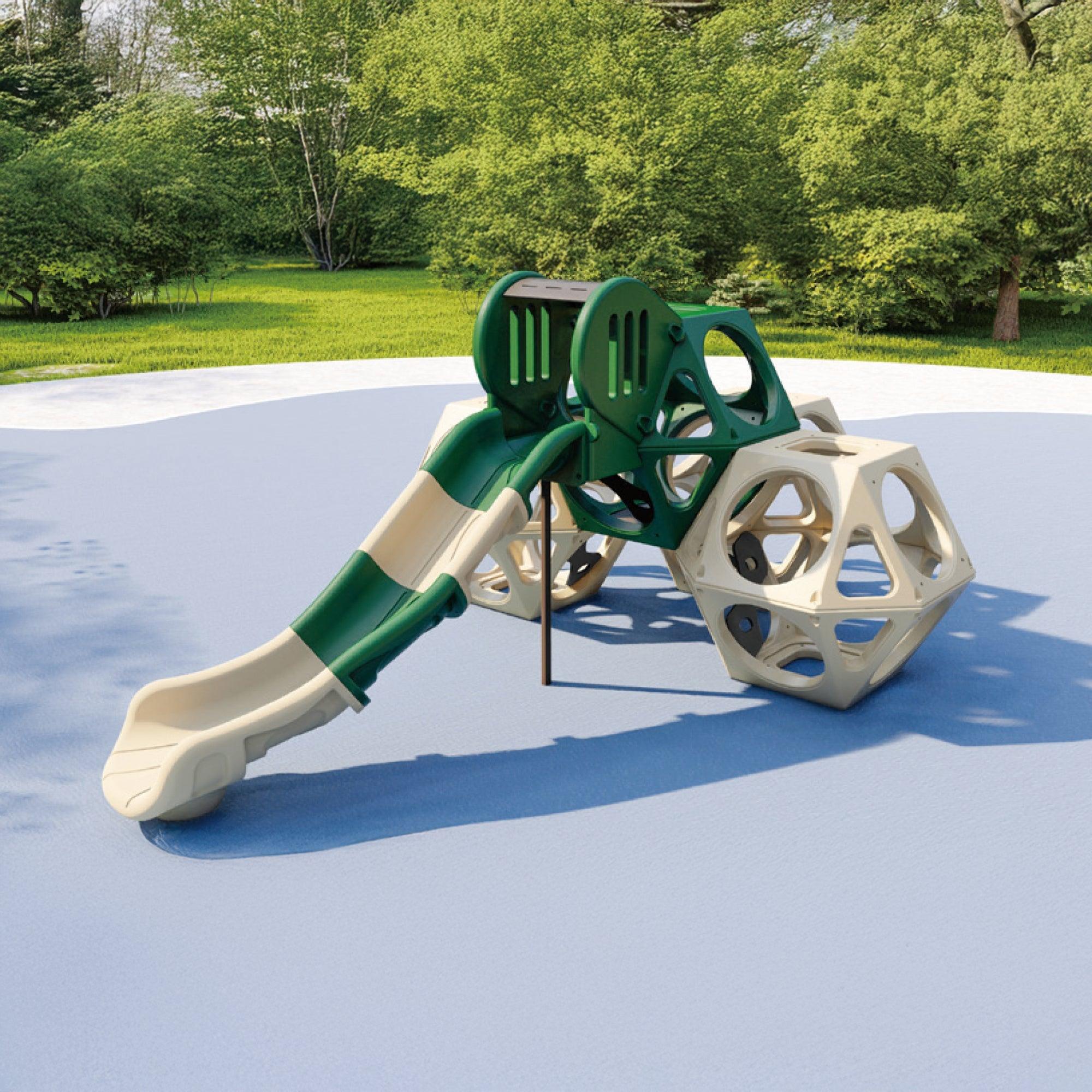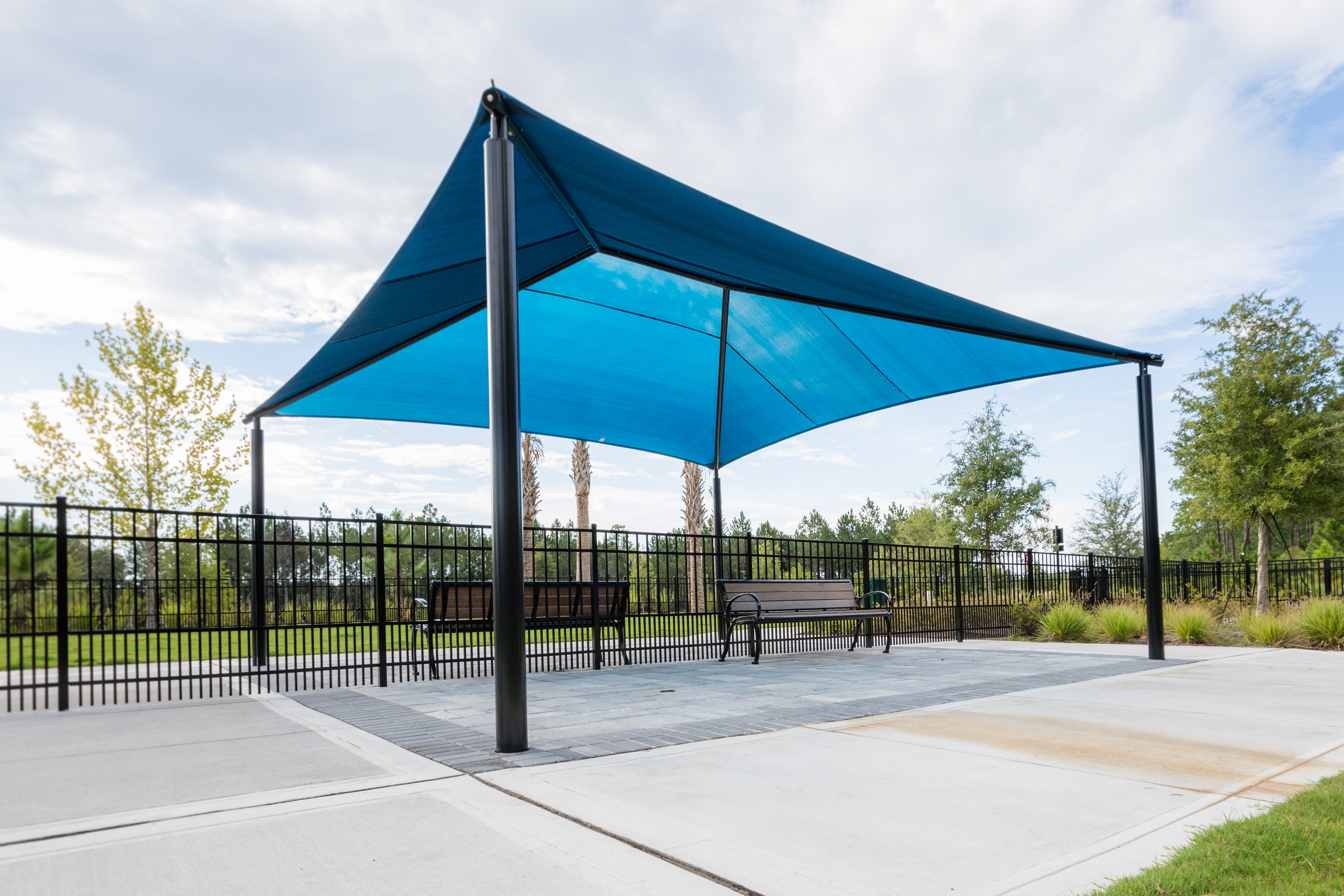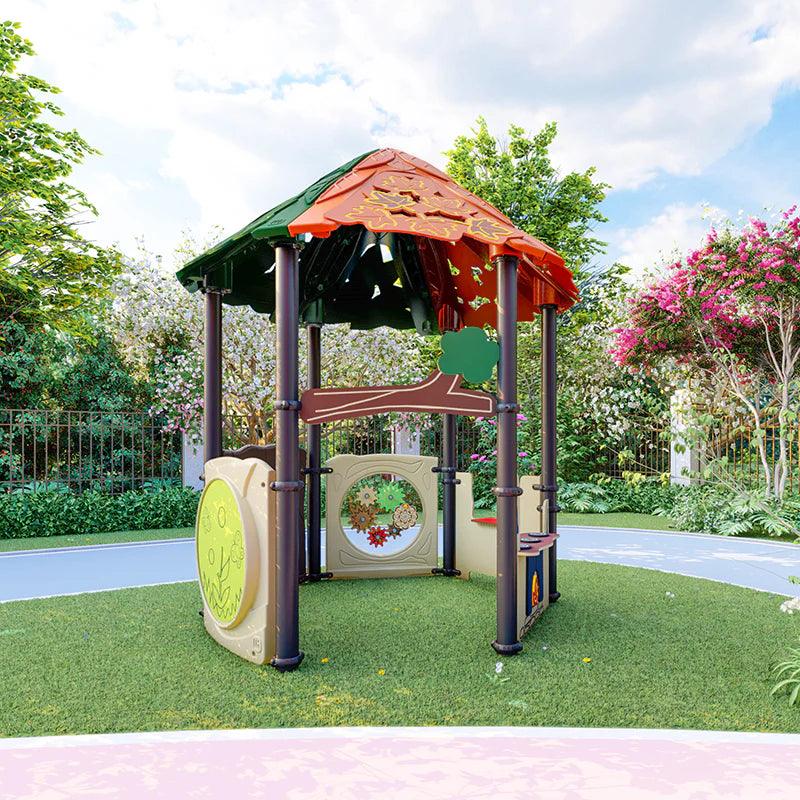Unleashing the Fun: Exploring the Latest Trends in Playground Equipment
Are you ready to unleash the fun and excitement on the playground? Get ready to explore the latest trends in playground equipment that are taking outdoor play to a whole new level. From innovative climbing structures to interactive play elements, there's never been a better time to let your imagination run wild.
In this article, we'll dive into the world of modern playgrounds and discover how they are evolving to meet the diverse needs of children today. Whether it's incorporating technology for educational play or focusing on inclusive design for children of all abilities, playgrounds are becoming more engaging and interactive than ever before.
Join us as we delve into the design concepts, materials, and features that are revolutionizing the way children play outside. We'll explore the role of nature-inspired play elements, sensory experiences, and the importance of safety in creating playgrounds that not only provide entertainment but also foster learning and development.
So, get ready to swing, climb, and slide your way through the latest trends in playground equipment. Let's unleash the fun and create unforgettable memories for children everywhere.
Importance of Playground Equipment for Children's Development
Playground equipment plays a crucial role in the physical, social, and emotional development of children. Engaging with various types of play structures helps children develop motor skills, coordination, and strength. Activities like climbing, swinging, and sliding challenge their bodies and encourage them to push their limits. As they navigate different equipment, they learn to balance their physical capabilities with risk assessment, which is essential for developing confidence in their abilities. This physical engagement is vital for a child's overall health and well-being, promoting an active lifestyle from an early age.
Moreover, playgrounds serve as social arenas where children learn to interact with their peers. As they play together, children develop essential social skills such as teamwork, communication, and conflict resolution. Whether they are collaborating on a game, negotiating turns on the slide, or simply sharing space, these interactions foster friendships and build a sense of community. The shared experiences on playground equipment also create lasting memories, further enhancing a child's social development.
Finally, playground equipment can stimulate cognitive growth. Many modern play structures incorporate elements that encourage problem-solving and imaginative play. For example, climbing walls may have various routes that require children to think critically about their approach. Additionally, interactive features such as sensory panels or educational games can promote learning in a playful context. This multifaceted approach to play allows children to develop a well-rounded skill set that prepares them for future challenges.
Evolution of Playground Equipment Designs
The design of playground equipment has evolved significantly over the past few decades, influenced by a better understanding of child development, safety regulations, and aesthetic considerations. In the past, playgrounds were often dominated by basic structures like swings, slides, and seesaws, with little regard for variety or engagement. However, contemporary playground designs now prioritize diverse play experiences that cater to the interests and developmental stages of children. This shift has led to the incorporation of innovative designs that challenge children both physically and mentally.
Architects and designers are increasingly focusing on creating immersive play environments that integrate various elements, such as climbing structures, obstacle courses, and interactive installations. These modern designs reflect a commitment to fostering creativity and exploration. Instead of a one-size-fits-all approach, playgrounds now feature themed areas or modular systems that allow for customization and adaptability. This evolution not only enhances the engaging nature of playgrounds but also accommodates various age groups and abilities.
Furthermore, the aesthetic appeal of playgrounds has gained attention, with many designs incorporating vibrant colors, unique shapes, and nature-inspired elements. This trend reflects a broader understanding of the importance of creating inviting spaces that stimulate children’s imaginations. By blending functionality with artistic expression, modern playgrounds encourage children to engage more deeply with their surroundings, thereby enriching their play experiences in a way that old-fashioned designs simply could not.
Safety Considerations for Playground Equipment
Safety is a paramount concern when it comes to playground equipment, as it directly impacts children’s well-being during play. Over the years, safety standards have become more stringent, leading to the development of equipment designed to minimize risks and injuries. Modern playgrounds are often built with shock-absorbing materials and surfaces, such as rubber mats or engineered wood fiber, which help cushion falls and reduce the likelihood of injury. These materials are essential in creating a safe environment where children can explore and play freely without undue fear of harm.
In addition to materials, the design of playground equipment itself has evolved to enhance safety. Many contemporary structures feature rounded edges, lower heights, and age-appropriate scaling, making them less intimidating for younger children. Additionally, equipment is designed to prevent entrapment and ensure that children cannot become stuck or trapped while playing. These thoughtful design elements contribute to safer playground experiences and give parents peace of mind.
Regular maintenance is also critical in ensuring playground safety. Routine inspections and upkeep can identify wear and tear, hazardous conditions, and necessary repairs. Community involvement in maintaining playgrounds can foster a sense of responsibility among children and adults alike. By prioritizing safety in the design, materials, and maintenance of playground equipment, we can create environments that not only encourage play but also protect the health and well-being of children.
Latest Trends in Playground Equipment Materials
As playground designs evolve, so do the materials used to construct playground equipment. Traditional materials like metal and wood have been supplemented by innovative alternatives that enhance durability, safety, and aesthetic appeal. One of the most notable trends is the growing use of recycled materials in playground construction. These eco-friendly options not only reduce waste but also often possess superior durability compared to traditional materials, making them an ideal choice for outdoor play structures.
Another trend in playground materials is the incorporation of natural elements. Natural wood, stone, and other organic materials are being used to create structures that blend seamlessly with the environment. This design approach not only enhances the visual appeal but also encourages children to connect with nature during their playtime. Natural playgrounds often stimulate imaginative play and promote sensory experiences, further enriching children’s development.
Moreover, advancements in technology have led to the development of smart materials that respond to their environment. For instance, some playgrounds now feature equipment that changes color in response to sunlight or temperature, creating an interactive experience for children. These innovative materials can enhance the sensory experience, making playtime even more engaging and fun. As we continue to explore new materials, the potential for creating versatile and exciting playground equipment is limitless.
Innovative Features in Modern Playground Equipment
Modern playground equipment is not just about traditional swings and slides anymore; it’s about creating multifaceted play experiences that inspire creativity and exploration. One of the most exciting innovations is the integration of technology into playgrounds. Interactive panels that involve touch, sound, and light can provide educational opportunities while children play. For example, panels that teach math or language skills through engaging games can make learning a fun and interactive process.
Another innovative feature is the use of modular play systems that allow children to create their own play environments. These systems often include various components that can be rearranged or combined in countless ways, encouraging children to collaborate and use their imagination. As they build and design their own play structures, children develop critical thinking skills and engage in cooperative play, which is vital for social development.
Additionally, modern playgrounds are increasingly incorporating sensory play elements. Structures that stimulate touch, sight, sound, and even smell can create a rich and engaging experience for children of all abilities. For instance, musical instruments, textured walls, and water play features can provide sensory-rich environments that cater to diverse needs. These innovative features not only enhance the play experience but also promote inclusion by ensuring all children can participate and enjoy the playground equally.
Incorporating Inclusive Design in Playground Equipment
Inclusive design is a fundamental aspect of modern playground equipment, ensuring that children of all abilities can enjoy outdoor play. This approach recognizes that children with disabilities have unique needs and seeks to create environments where everyone can participate in play equally. By incorporating features such as wheelchair-accessible ramps, adaptive swings, and sensory-rich elements, playgrounds can foster inclusion and provide meaningful play experiences for all children.
One key aspect of inclusive design is ensuring that playground equipment is accessible to children with physical disabilities. This may involve creating low-profile structures that can be easily accessed by wheelchairs or providing equipment that accommodates various physical abilities. Additionally, inclusive playgrounds often feature tactile elements and sensory pathways that engage children with sensory processing disorders, providing a safe and stimulating environment for exploration.
Furthermore, inclusive design goes beyond physical access; it also promotes social inclusivity. Playgrounds that encourage cooperative play and interaction among children of varying abilities can help break down barriers and foster friendships. Creating spaces where children are encouraged to work together, share experiences, and learn from each other is essential in promoting empathy and understanding. By prioritizing inclusive design, we can create playgrounds that truly reflect the diverse fabric of our communities and ensure that every child has the opportunity to play and thrive.
Benefits of Natural Playground Equipment
Natural playground equipment is gaining popularity due to its numerous benefits for children's development and well-being. One of the most significant advantages is the way it encourages imaginative play. Unlike traditional playgrounds that often feature standardized equipment, natural play areas offer open-ended structures made from logs, boulders, and plants, allowing children to create their own games and scenarios. This type of play fosters creativity, problem-solving, and independence, which are essential skills for lifelong learning.
Moreover, natural playgrounds promote a connection to the environment, which is increasingly important in our technology-driven world. By incorporating elements like trees, streams, and gardens, natural playgrounds immerse children in nature, allowing them to experience the outdoors in a meaningful way. This exposure to nature has been shown to reduce stress, improve concentration, and enhance emotional well-being, contributing to a more balanced and healthier lifestyle.
Finally, natural playground equipment often requires minimal maintenance and can be more sustainable than traditional materials. By using locally sourced, biodegradable materials, these playgrounds can blend seamlessly into their surroundings and require less ongoing upkeep. This approach not only benefits the environment but also encourages children to develop a sense of stewardship for nature. As they play, they can learn about ecosystems, biodiversity, and the importance of protecting our planet, instilling a sense of responsibility that can last a lifetime.
Maintenance and Upkeep of Playground Equipment
The maintenance and upkeep of playground equipment are critical to ensuring safety and longevity. Regular inspections are essential to identify wear and tear, potential hazards, and necessary repairs. Playground owners, whether public or private, should establish a routine inspection schedule to assess the condition of the equipment and surrounding areas. This proactive approach can prevent accidents and ensure that the playground remains a safe space for children to enjoy.
In addition to regular inspections, appropriate maintenance practices must be implemented. This may include cleaning equipment to remove dirt and debris, checking for rust or sharp edges, and ensuring that safety surfaces are intact and free of hazards. Playground surfaces should be checked for proper depth and material integrity, as these factors significantly impact safety during falls. Engaging community members in maintenance efforts can foster a sense of responsibility and pride in the playground, encouraging everyone to contribute to its upkeep.
Finally, maintenance also encompasses updating equipment to meet evolving safety standards and community needs. As new trends and technologies emerge, playgrounds should adapt to incorporate these advancements. This might involve replacing outdated equipment with modern structures or adding new features that promote inclusivity and engagement. By prioritizing maintenance and updating playground equipment regularly, we can create safe, inviting, and enjoyable spaces for children to explore and thrive.
Conclusion: The Future of Playground Equipment
As we look to the future of playground equipment, it's clear that innovation will continue to play a pivotal role in shaping outdoor play experiences. The trends we see today, such as inclusive design, natural elements, and smart technology, will likely evolve and expand, creating even more engaging and enriching environments for children. These advancements are driven by a deeper understanding of child development and the diverse needs of our communities, ensuring that every child has access to safe and stimulating play spaces.
Moreover, the emphasis on sustainability and environmental stewardship will likely become more pronounced. As awareness of environmental issues grows, playground designers will increasingly prioritize eco-friendly materials and practices, creating spaces that not only serve children but also respect and protect our planet. This shift will foster a generation of children who appreciate nature and understand their role in preserving it for the future.
Ultimately, the future of playground equipment promises to be a vibrant landscape of creativity, inclusion, and connection. By embracing the latest trends and innovations, we can create playgrounds that inspire children to explore, learn, and develop essential life skills. As we unleash the fun in outdoor play, we also nurture the next generation, equipping them with the tools they need to navigate an ever-changing world. The journey of play continues, and with it, the potential for joy, learning, and growth is limitless.


